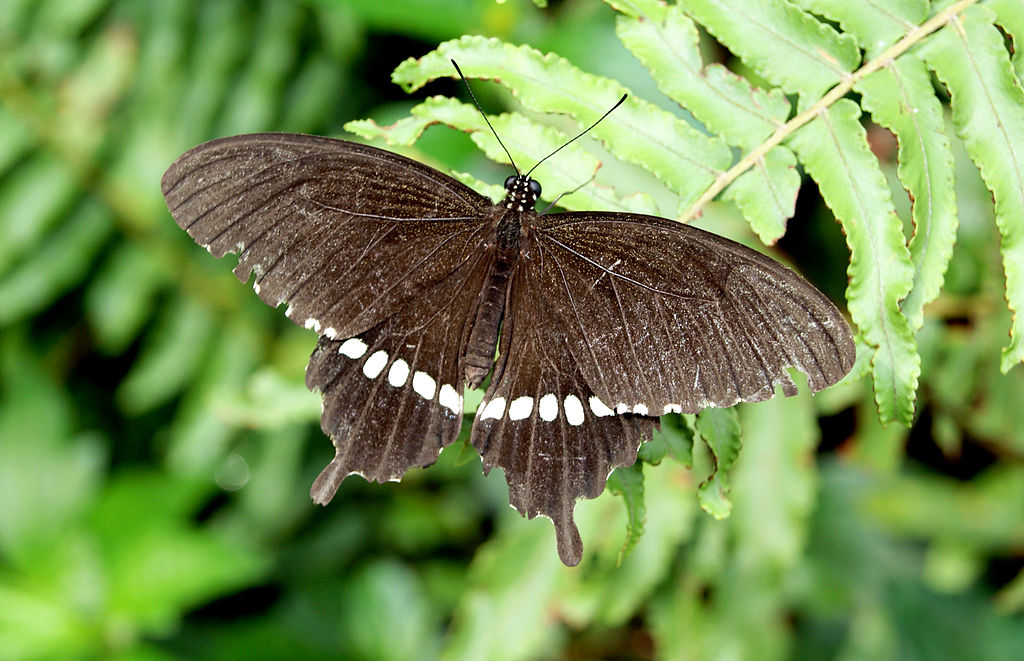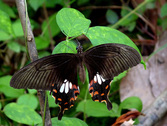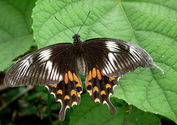|
Since a short while I have a Twitter account, mainly to keep track of interesting new publications. This time it served me well, because I noticed the tweet about a mimicry supergene. Immediatly this struck my attention because I was directly thinking that Doublesex could have something to do with it, which is the case! This highly interesting paper by Kunte et al. 'Doublesex is a mimicry supergene' is published online in Nature. In short, the butterfly Papilio polytes displays female specific mimicry, meaning that female of this species mimic the appearance of a toxic butterfly genus, Pachliopta. For a long while it has been thought that this type of mimicry is controlled by a 'supergene', and in this publication the authors show that differences in isoform expression and multiple polymorphisms in Doublesex are at the basis of the different female forms. This resembles the level of control of Doublesex in Nasonia. In a study by Loehlin et al. (that I have been involved in) we demonstrate that different expression levels of doublesex control the sex and species specific differences in wing length found in the Nasonia genus. By the way, Loehlin together with Carroll also wrote the Nature News & Views 'Sex lies and butterflies' on the butterfly mimicry topic. It is this type of research that excites me! Doublesex is the the conserved master-switch in insect sex determination regulating the male and female morphologies. But it does so much more! While maintaining its sex determination function, it also seems to control a wide variety of species specific morphologies! Doublesex does it all!
1 Comment
|
Archives
September 2018
Categories
All
|



 RSS Feed
RSS Feed






